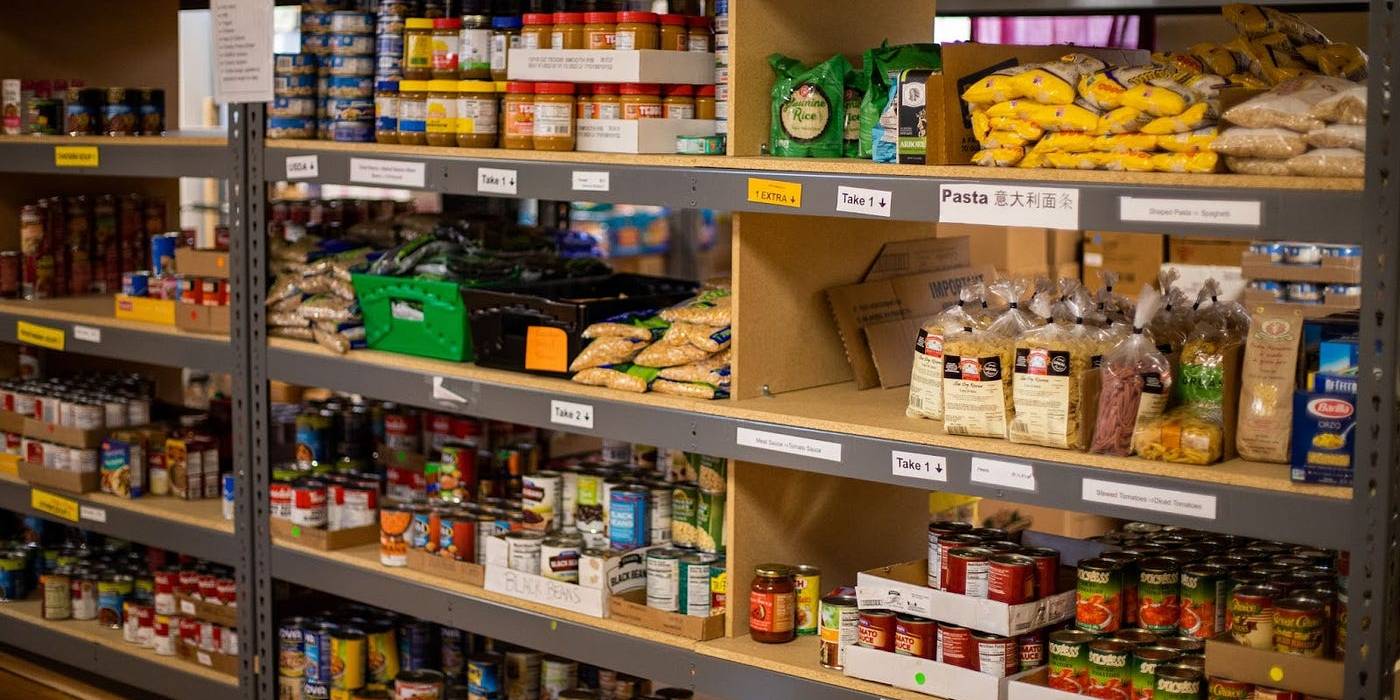In this blog post, we explore how Open Referral is using open data to connect people with services that can help them, the infrastructure needed to support that data, and the importance of balancing interoperability and flexibility in data standards.
Information about health, human, and social services — for example, food banks (or pantries in the US), legal aid or addiction support services — is often difficult to collect, access and use. Service providers struggle to reach the right audiences, referral providers struggle to maintain accurate information in their resource directories, and people who can benefit from these services face additional barriers to access.
Open Referral is a data initiative that enables easy and reliable access to information about all kinds of community and human services. It does this by providing a common format for resource directory data, creating an ecosystem where the cost of publishing and using this data is reduced through developing and maintaining shared tools and infrastructure.
Building a data standard that connects people and services
At Open Data Services, we’ve been involved with Open Referral since 2017, acting as technical stewards to the development of the Human Services Data Specification (HSDS), a standard designed to support the publication of open, interoperable resource directory data.
Since 2017, the Open Referral community has grown in both size and complexity. In 2019, HSDS was officially endorsed by the Alliance of Information and Referral Systems, the industry body for directory services. In 2022, Open Referral UK was adopted as an official UK government data standard for sharing information about public services provided by local authorities.
As the Open Referral community evolves, the standard, its tools and documentation need to move with it. Much of our work involves supporting Open Referral with community governance around the standard, which in turn informs our approach to technical strategy. For example, we worked with the Open Referral community on v2.0 of HSDS, upgrading how the standard handles scheduling, classifying services and improving guidance around extensibility.
Balancing flexibility with interoperability
Because Open Referral is designed to handle a range of services across different contexts, we’ve been working to ensure HSDS is both flexible enough to adapt to local and service specific circumstances, but shared enough to support interoperability.
For example, healthcare providers are increasingly using social prescribing to refer patients to groups, activities and services that meet their needs. As a result, we’ve been working to create a profile of HSDS that’s aligned with Fast Healthcare Interoperability Resources (FHIR), a global industry standard used to share data between healthcare providers.
We’ve also supported Open Referral’s work to help legal aid providers in the US become more discoverable, by publishing information about their services in line with schema.org markup. As a result, Google searches for these legal aid providers give richer information about their services, including operating hours, location and directions to the services.
What’s next?
We’ll be continuing to look for new opportunities to share and use data about human and community services to make this support more accessible to people who need them.
As Open Referral continues to grow, we’ll be continuing our work as the technical stewards for HSDS, including working with the Open Referral community in the next development cycle to embed learnings from Open Referral UK to help formalise the use of HSDS in specific places and contexts while maintaining interoperability.
